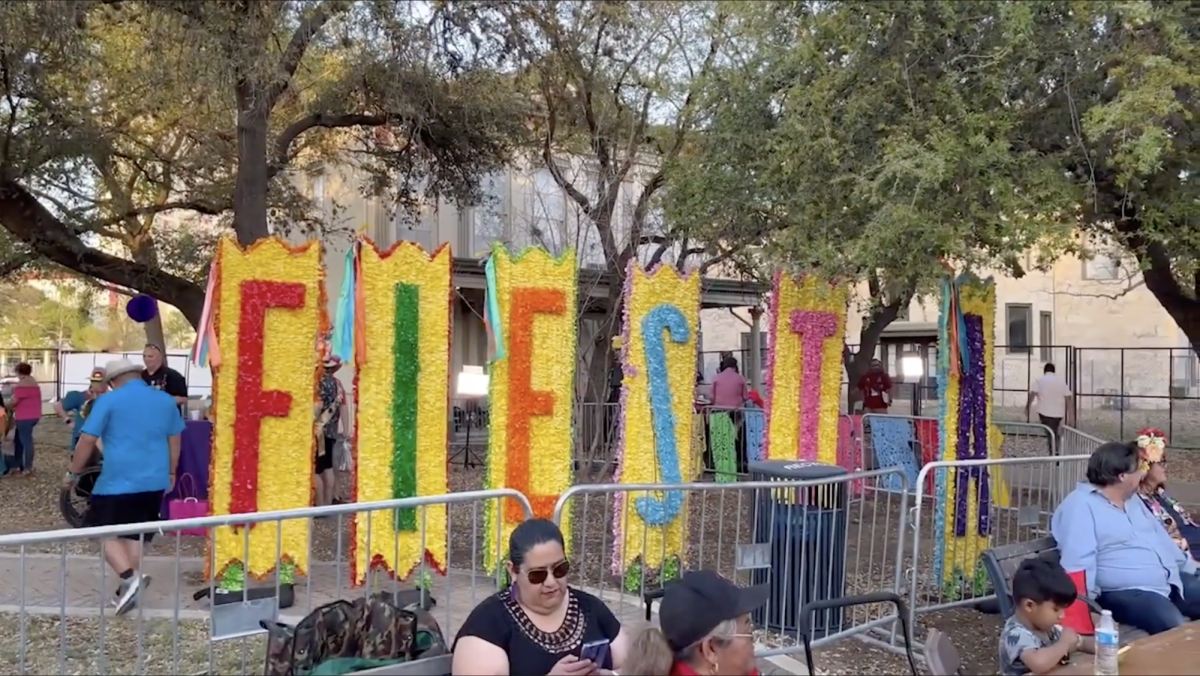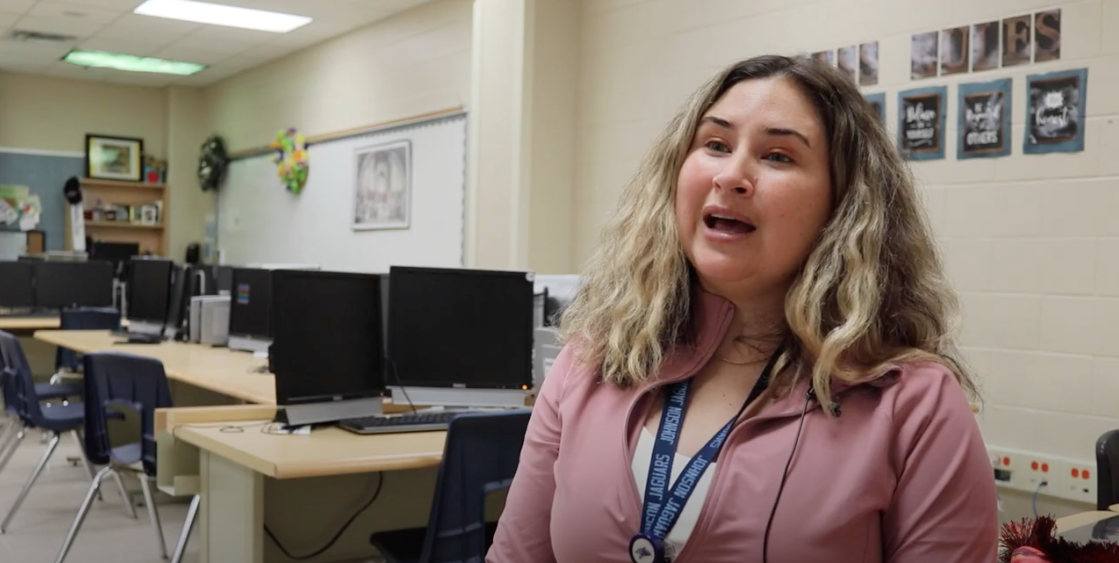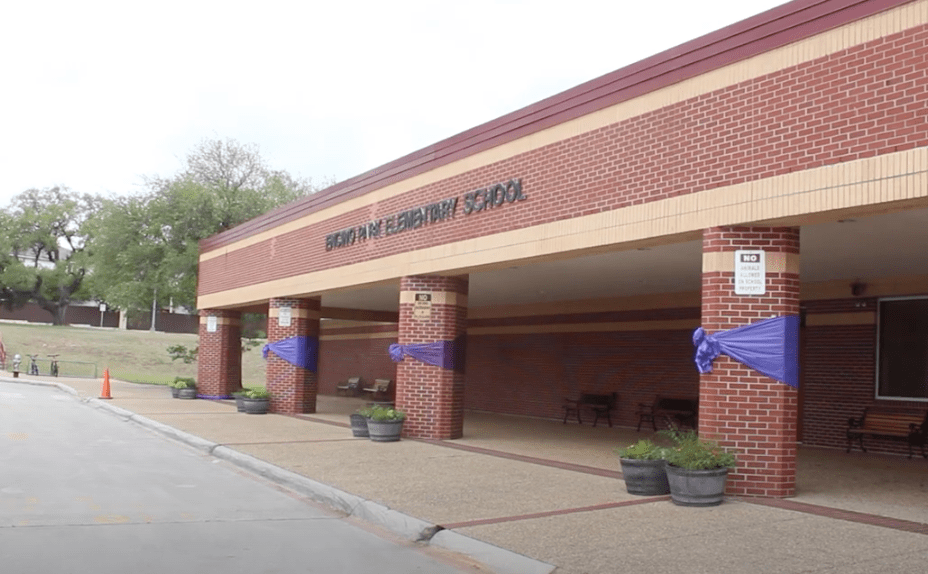
by Renee Delgado | Staff Writer
Stacie Filley has one of the hardest jobs anyone could have. She is a Sign Langauge interpreter for many clients, including our own Sign Language teacher, Janell Brighman. The job of a sign language interpreter is often times overlooked and just seen as a person in the corner of your television screen making shapes with her hands that most people don’t understand; but the job and importance of an interpreter is much more vast, complex, and challenging than most see.
“I like being involved with communication. I really enjoy different cultures and different languages. Also, many Deaf people have frustrating experiences because hearing people don’t know sign language,” Filley said.
It’s very frustrating for a Deaf person to attempt to communicate with a hearing person that is foreign to the language of sign. This is where Stacey comes in handy.
“I want to help eliminate misunderstandings when Deaf people and hearing people are communicating. I really enjoy being able to facilitate communication and make interactions between deaf and hearing people as seamless as possible,” Filley said.
Because the job of an interpreter is so tedious and difficult at times, the demand for an interpreter is very high in certain areas of the world.
“It all depends on where you live. When I lived in a farm town in Nebraska for a month and half, I didn’t have any interpreting work,” Filley said.
Deaf people tend to live in a major city rather than a rural area, this is why many interpreters find more work in busy cities.
“When you live near a Deaf school, there will be more of a need for deaf people,” Filley said. “The more deaf people who live in that area, the more interpreters will be needed.”
Our own Sign language teacher Janell Brigham is a client to Stacey. Ms. Brigham appreciates her interpreter because she knows how difficult the job can be.
“Processing information is one of the challenges that an interpreter has along with matching the language level of the client (Deaf person). The interpreter must understand the concept the speaker is trying to convey, change that into a different language and then sign it,” Sign Language teacher and American Sign Language expert Janellkay Brigham said.
American Deaf culture centers on the use of ASL and identification and unity with other people who are Deaf. Culture and language intertwine, with language reflecting characteristics of culture. Learning about the culture of Deaf people is also learning about their language.
“Being aware of the Deaf culture is one of the greatest strengths an interpreter for the deaf can have because they will understand non-manual signs the client is giving and understand the cultural meaning. CODA’s (Children of Deaf Adults) make awesome interpreters because they know the language and culture,” Brigham said. “A skilled interpreter is always busy. Interpreters must reside generally in a large city because that is where the Deaf are. There are relay and video phone interpreters that are always in high demand as well.” Brigham said.
The Americans with Disabilities Act of 1992 guarantees equal opportunity for individuals with disabilities in employment, public accommodations, transportation, state and local government services, and telecommunications.
“Because of Americans with Disabilities Act of 1992, there will always be a need for interpreters since this is generally the prefered mode of communication for Deaf people.”








